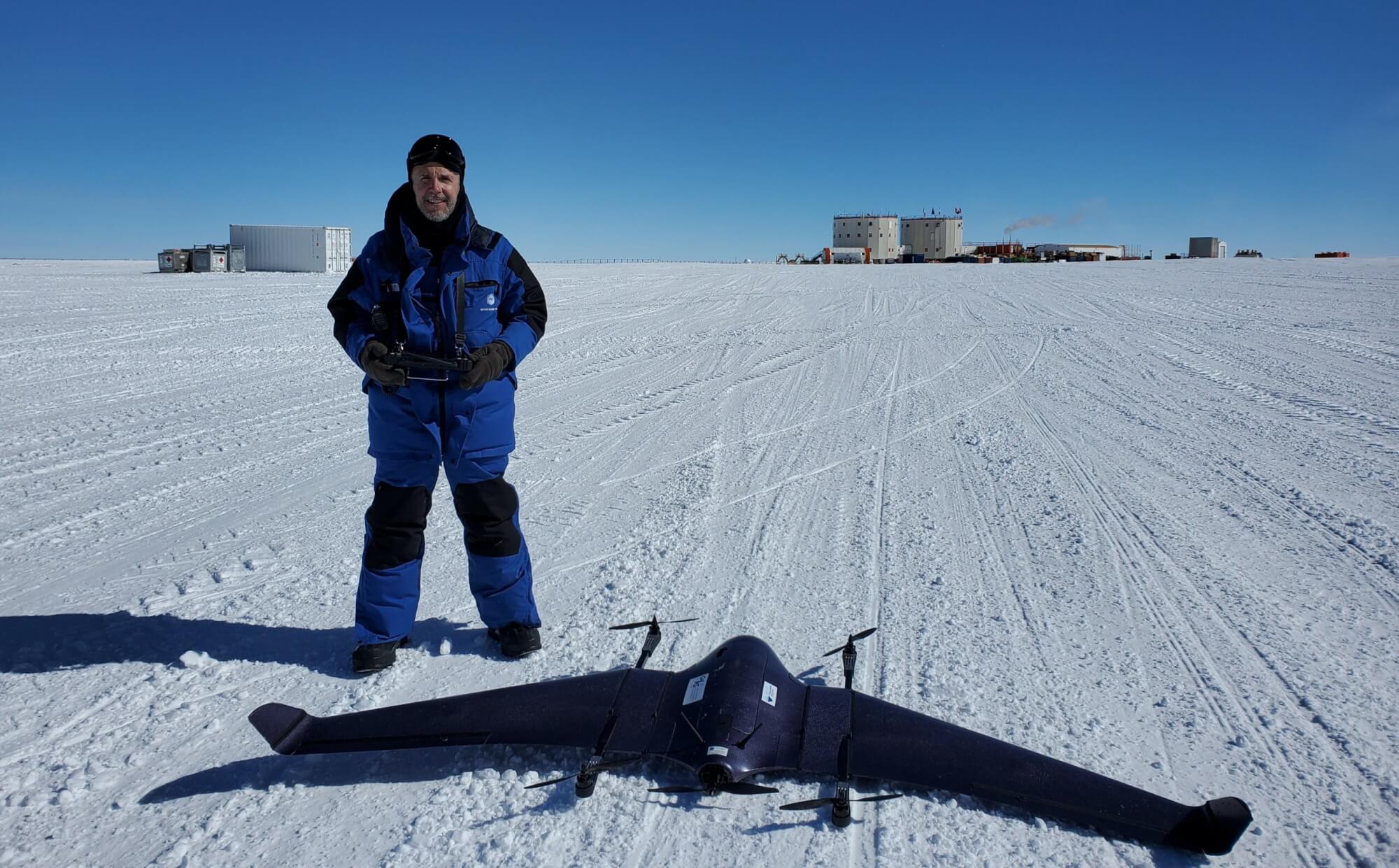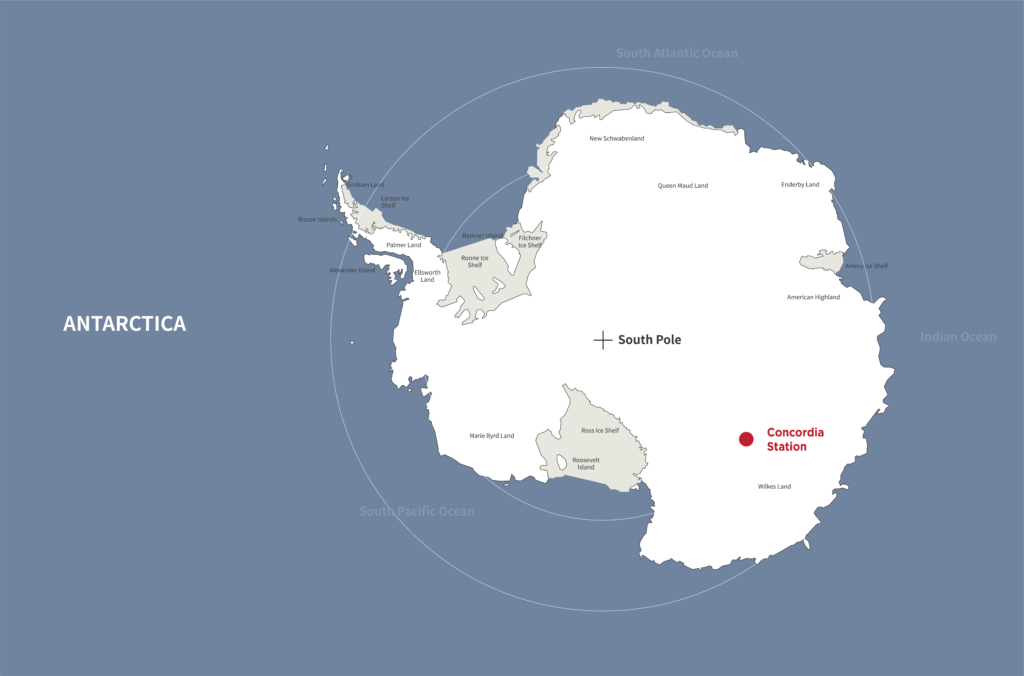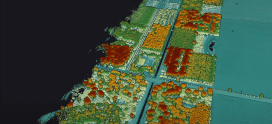
Breaking new ice: Antarctic expeditions of the DeltaQuad Pro
DeltaQuad Pro is officially the first drone to perform research flights near Concordia station, deep inside the Antarctic continent! The station is situated about 1,000 km from the coast, on the Eastern Antarctic Plateau, at an altitude of about 3,300 m. During the Antarctic summer of 2022-2023, a joint French-Italian research group has performed 13 DeltaQuad Pro flights there, hoping to gain some fascinating meteorological insights.
The research “In Situ VTOL Drone-Borne Observations of Temperature and Relative Humidity over Dome C, Antarctica” aimed to study water in the atmosphere, focusing on the distributions of relative humidity and supercooled liquid water clouds (SLWC). Supercooled liquid water is liquid water present at temperatures less than 0°C. Similarly to regular ice clouds, SLWCs occurring in Antarctica impact Earth’s surface radiation through reflection, absorption, and emission of radiation. However, their observations and, consequently, their calculations by meteorological models are complicated. Often, researchers have to rely on methods like meteorological balloons. Yet the cost of launching one is equal to that of a lost balloon with all research instruments attached since balloons can never be brought back.

A reliable alternative was needed, and DeltaQuad Pro was selected. The selected drone needed to be rugged to not only withstand the extreme colds of below -20°C but also to sustain flights at exceptionally high altitudes. “We knew from the beginning that it would have been very difficult – and I would say almost impossible – to fly with a standard drone. We knew we needed a multi-rotor and a fixed-wing drone in one,” remembers Philippe Ricaud, the leading researcher from Centre National de Recherches Météorologiques (CNRM)/Centre National de la Recherche Scientifique (CNRS) in Toulouse, France. Notably, the technical limits of DeltaQuad Pro are rated at -20°C on the low end of temperature and 4,000 meters on the high end of altitude. Nonetheless, with DeltaQuad support behind the project and skilled pilot Patrice Medina from the LAERO laboratory in Toulouse, France on board, the research team put their trust in DeltaQuad Pro.
The extreme temperatures did pose a serious challenge together with the proximity of the geomagnetic pole, but the team performed even 13 flights to a maximum height of 600 meters that provided great results. The initial idea was to equip DeltaQuad Pro with two sondes – one to observe temperature, pressure, and relative humidity and one to examine SLWCs. Unfortunately, SLWCs did not appear during the research period and only flights with one sonde (relative humidity and temperature) were actually performed. Nevertheless, as stated in the findings, the “quality of the drone-based observations was very high” and consistent with balloon-borne observations. Consequently, the results are inspiring and prove using drones for Antarctic research “can provide unique observations.”
We could not be more excited to see what the future holds for drone-based environmental research. To learn more about this study, we encourage you to read the original publication. Would you like to explore your project together with us? Contact us today:


